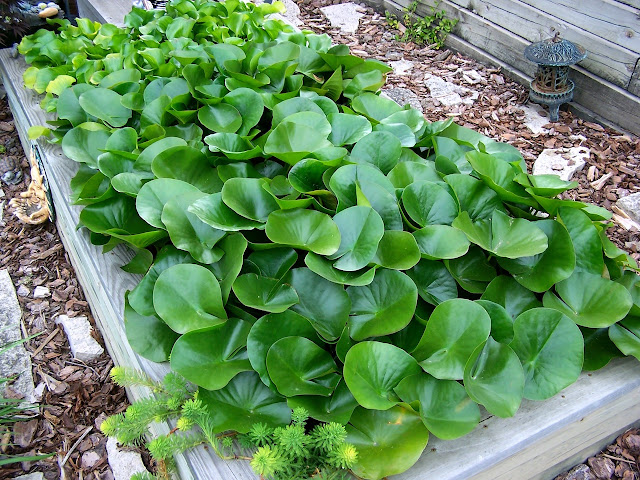Here some Q&A by Manky about the Anoxic filtration system.
Extreme plant growth is not uncommon
in the Anoxic Filter.
Q:
Hi everyone
Now I am probably going to get told
off for this idea but fortune favors the brave and all that.
I have had a nightmare digging my new
pond I am in proper clay and it all below ground 1.8 m. It has filled with
water on me collapsed twice and been the most horrible hole in the world, but
now its got a base and concrete block walls and its full of water again.
So here is my mad theory
The concrete block walls are porous
and the clay behind holds water all year if I don't pump it out. So would I get
the Anoxic filter effect from the thickness of the blocks with the clay behind?
The way I see it a natural pond uses the Anoxic effect to stay healthy and this
only works because it is clay. We waterproof our ponds thus isolating the water
from the soils and clays that would give the Anoxic filtration. We don't want
natural ponds as they collapse and form shallow dish shapes great for herons.
So do I leave it bare block and free
to do its own thing ? What could possibly go wrong...........................
Andy
A:
Anoxic filtration was designed over
more than 25 years by Dr. Kevin Novak Ph.D. and it relies on the interaction of
charged sites within the baskets, the charges on molecules and the kinds of
bacteria that can live in an oxygen depleted environment. It's easy to do if
you do it properly but doomed to total failure if you don't. Read how anoxic
filtration actually works and how to build something that really works then
decide whether or not you want to go down the anoxic route and the benefits it
brings.
Manky
